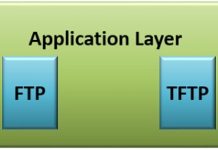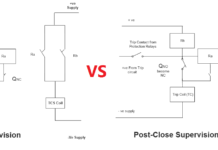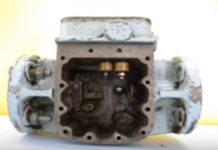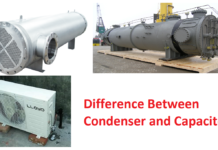ELECTRONIC COMMUNICATION
Communication
The communication is the process of exchanging the information. The common between two humans are verbal, non-verbal via body language or written words etc.
Now a days we are using different types of communication such as mails, sms etc.
Communications always takes places from source to destination in between them there are various elements are present.
Let’s see elements of communication system.
The basic system of any communication system is transmitter, receiver in between then is the communication channel.
The detailed block diagram of communication system has five basic blocks. The different stages of communication system are
Input signal
The message to be transferred is acts as a input to communicate system. this signal is in any form like sound, image, data etc.,
Input transducer
Before transmitting the input signal it is first converted into equivalent electrical signal from its original form. The device which converts an input signal any form into electrical signal is called input transducer. Input transducer microphone are commonly used input transducer.
Transmitter
This block increases the power of the signal. It transmits where the communication media available. Transmitter combination of different circuits like amplifier, mixer etc
Communication channel
It is a medium used for transmission of a signal one place to other. The communication medium can be wires, optical fiber cables etc.
Noise
Noise is an unwanted signal which can added in the information signal. Due to noise the quality of the signal degrades. Once the noise is added it cannot be separated from information signal. Noise is the big problem in the communication system.
Receiver
The operation of receiver is exactly opposite of the transmitter. Receiver block has certain circuits such as amplifier, demodulator, detector, mixer etc
Output transducer
Output transducer converts received electrical signal into original form sound, picture etc
Examples of output transducer is speaker, monitor etc.
Output: where you receive the signal in its original form.
IEE spectrum
The information signal is first converted into electromagnetic signal or EM signal and then it is transmitted. The EM waves also known as radio frequency waves. The frequency of EM waves can vary from very low to high frequency.
The entire range of frequencies of EM waves is called as electromagnetic spectrum or EM spectrum. These frequencies are divided by the institute of electrical and electronics engineers which association of engineers is known as IEEE.
The following table represents the different frequency for their applications.
Transmission media
Communication media is the medium over which information travels from the sender to receiver. This media is mainly divided into two types such as
- Wired media
- Wireless media
The different types of wired media are further divided into three types
- Twisted pair
- Coaxial cable
- Optical fiber
The different types of wireless communication are
- Radio waves
- Microwaves
- Satellite communication
In wired media the signal is guided within the solid wires, coaxial cables, twisted pair, and optical fiber communication.
Twisted pair cable
In this media two wires are twisted around each other. There are two types of twisted pair cables they are unshielded twisted pair and shielded twisted pair. The only difference between these two types of cable is extra shielded is provided in the shielded cables.
Application of twisted pair cables are telephone lines, LAN, digital subscriber lines.
Why do we need to twist the wires?
- Twisting reduces effect of noise and external interference’s
- Number of twist determines the quality of the cable
- Hence more number of twist means the better quality of cable
Coaxial cable
It consists of concentric conductors separated by dielectric material.
Extra conductor is the metallic jacket used for shielding. These cables are used for setup boxes in TV.
Applications
TVs, digital transmission, fast LAN’s.
Optical fiber cable
Optical fiber is used to ride light rays. Hence while using optical fibers information signal is first converted into light signal using LED’s or lasers and then light signal is transmitted through optical fiber cables.
Optical fiber has two main parts core and cladding
Every fiber has a glass core surrounded by glass cladding of different refractive index. Core and cladding protected with coating.
Propagation of light through optical fiber
Light flow the principle of total internal reflection. When it travels in a fiber optical core when light travels one medium having high reflective index another medium have low reflective index. It will reflect as refracted.
Application
Medical, telecommunication, networking, defense etc
Wireless media
The basic principle of wireless communication is transmitter converts information signal into electromagnetic wave and transmits it using transmitting antenna. At receiver receiving antenna receives these waves and converts them into original form to obtain the information signal.
Wireless communication divided into three types they are radio wave transmission, microwave transmission, satellite communication.














